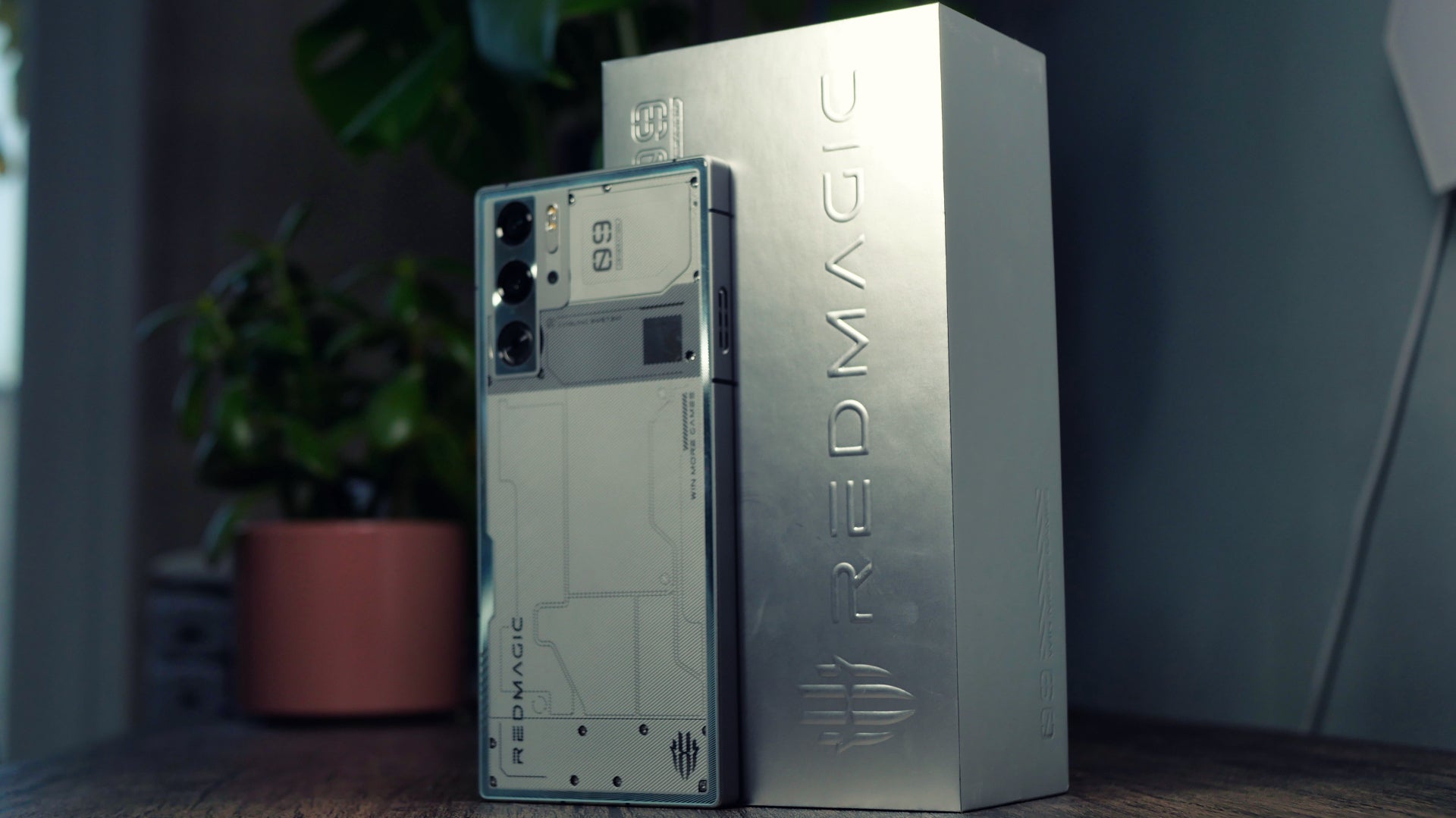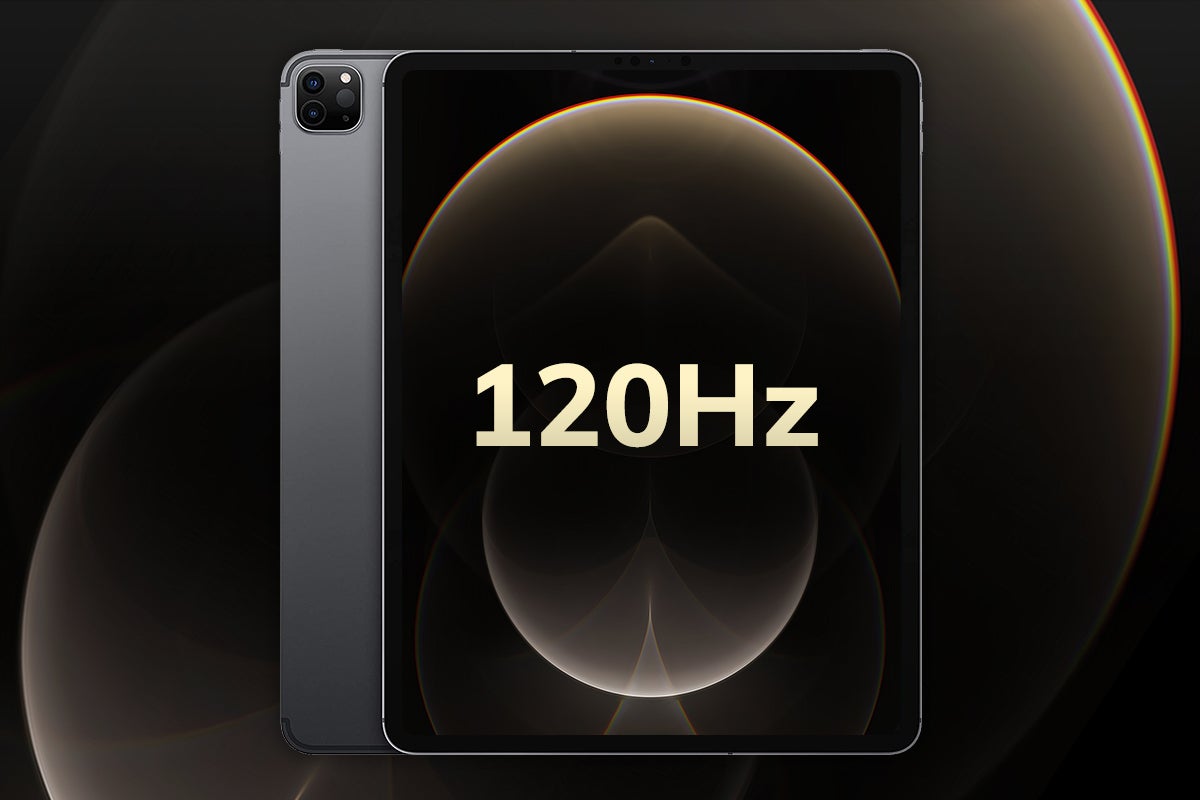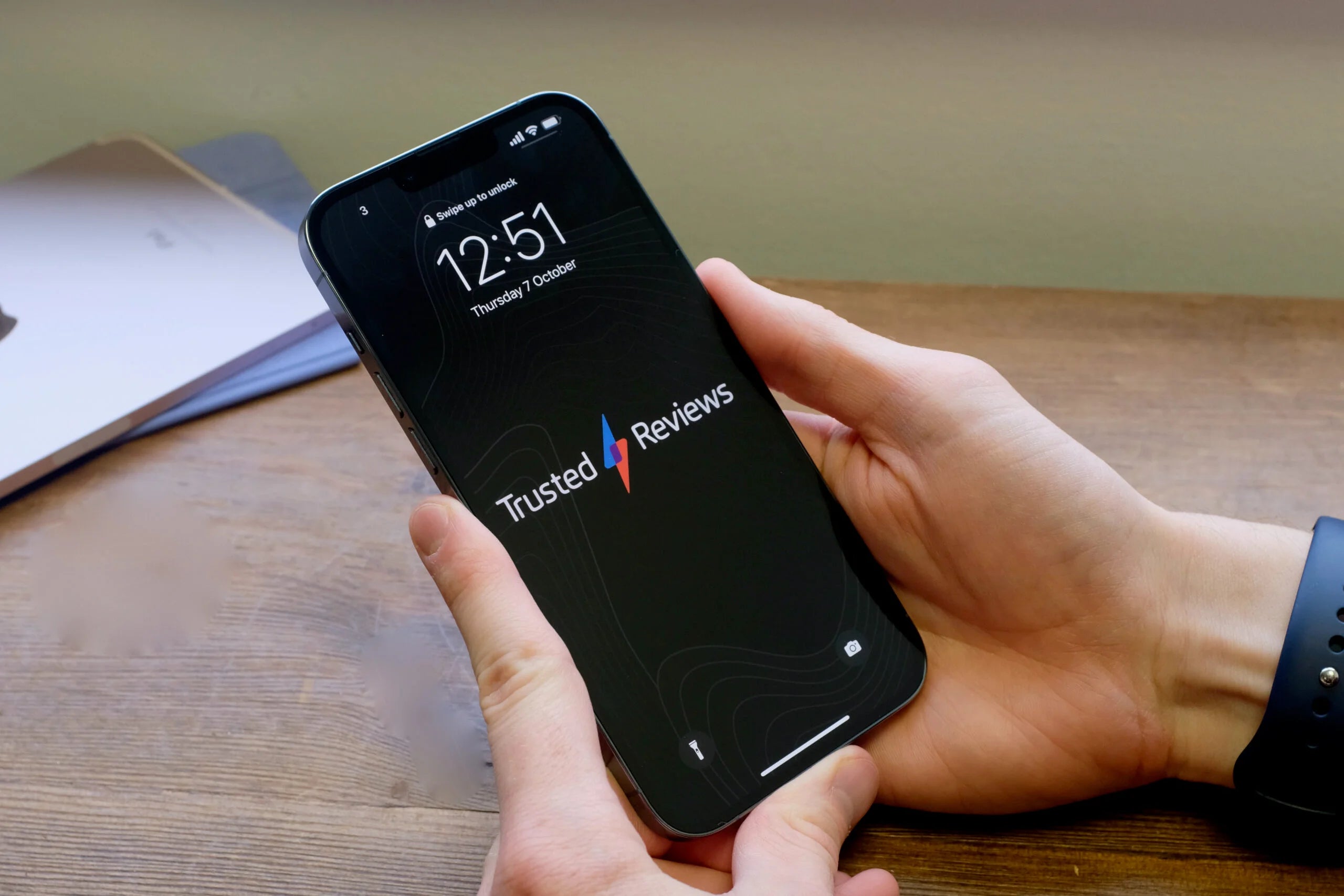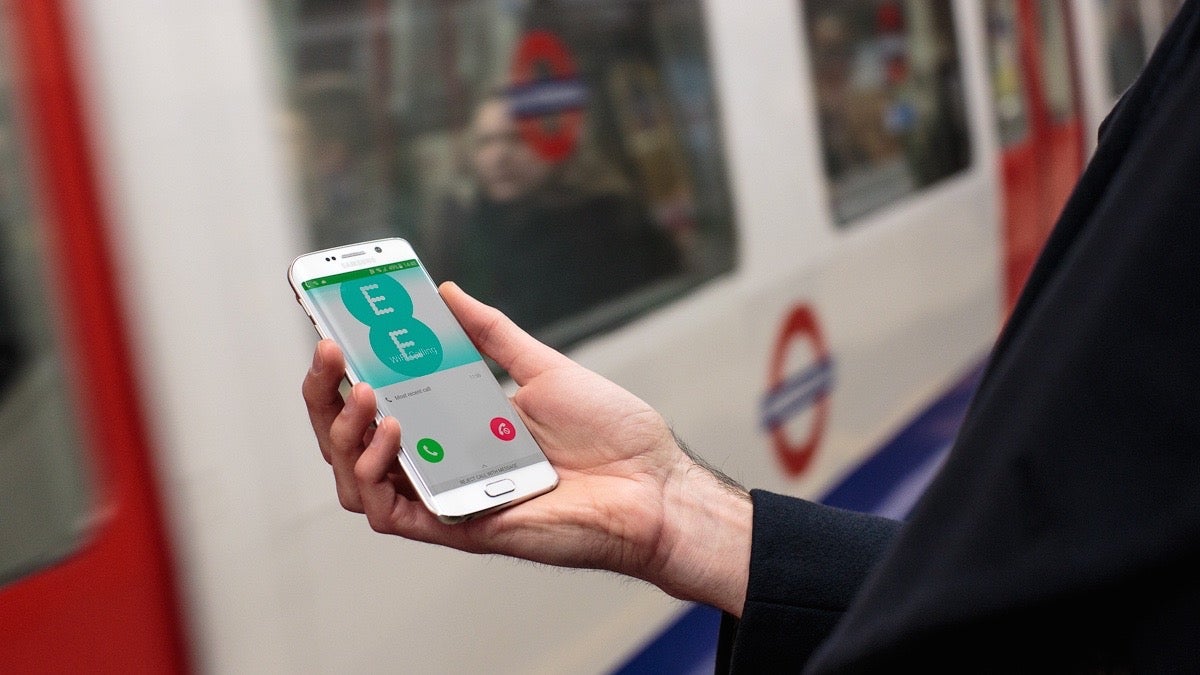What is MagSafe? The Apple charging technology explained
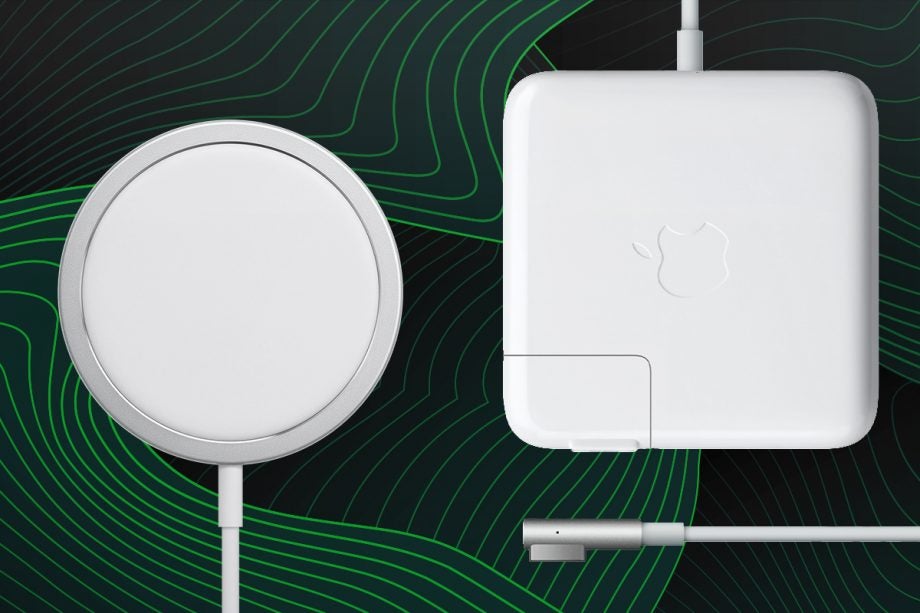
MagSafe is one of Apple’s most famous features, first appearing on MacBook in the 00s before making its way to iPhones more recently. But what exactly is the technology, and is it worth investing in?
MagSafe is one of the most popular Apple features, popping up on a range of products since its inception. The catch? MagSafe for laptops and MagSafe for iPhone are two different products with entirely different designs. With that in mind, let’s take a closer look at MagSafe technology to understand what it does and why it’s become so commonplace.
Keep scrolling to find out everything you need to know about MagSafe, including what it is, how fast it is and which devices it’s compatible with.
What is MagSafe?
Apple MagSafe first appeared in 2006 on the MacBook Pro as a magnet-based power charger, providing a secure connection to the power port of a laptop while still being easy to unplug, preventing the device from getting damaged if someone were to trip on the power lead accidentally.
The company then phased out the technology, with the 2017 MacBook Air opting for standard USB-C charging. This is because USB-C has more versatility, offering power delivery as well as a display output and data transfer. That said, MagSafe made its inevitable return on the MacBook Pro 2021 series.
The iPhone 12 series was the first iPhone to support the technology, though it came in a slightly different form, with the feature magnets being stuck onto the rear of the phone, allowing it to snap onto Apple’s wireless charging puck instead of requiring a magnetic cable.
Looking at the charger itself, it looks similar to the Apple Watch Series 9 charger, only a little larger. It is round, white and has a silver ring and back, being small enough to slip into a bag. It sits flush with the table, making it simple to connect to your iPhone, and while it will disconnect if you start frantically moving your phone around, the connection is reliably sturdy.
Since the iPhone now has a magnet system embedded into it, it can be used with other accessories such as camera tripods, car docks and wallets, making it more than just a charging feature.
What’s the difference between MagSafe and Qi2?
If you have been keeping up with all the latest wireless charging standard news, you may have come across another wireless charging solution: Qi2. While Apple has had a direct hand in shaping the latest Qi2 wireless standard, it does differ from MagSafe in one key area.
Both MagSafe and Qi2 use magnets to provide a secure, power-efficient way to attach the charger to the smartphone wirelessly and have a slightly faster charging speed when compared to the standard Qi solution.
One of the most significant differences is that Qi2 will be able to charge non-Apple devices, namely Android smartphones. The hiccup here is that no current Android devices offer Qi2 support, even high-end options like the Samsung Galaxy S24 Ultra, nor is it currently slated for any upcoming releases.
This will primarily come down to what’s available to manufacturers during a phone’s development stage, but we should hopefully see some Qi2-compatible Android handsets appearing sometime in 2024 – likely towards the end of the year.
On the Apple side, the iPhone 15 does have the hardware to support the latest Qi2 charging technology – the catch is that it hasn’t been certified yet, and as such, can’t be utilised. But with Qi2-compatible chargers from manufacturers like Anker now appearing, it’s likely that’ll be fixed in the near future.
How does MagSafe for iPhone work?
Apple provides a detailed outline of the components within its iPhone models that support MagSafe. There’s a copper-graphite shield, a magnet array, a polycarbonate housing, a charging coil, an e-shield and an NFC component too. In the centre of all that is an alignment magnet that will ensure the charger sits in the optimal place for maximum charging efficiency.
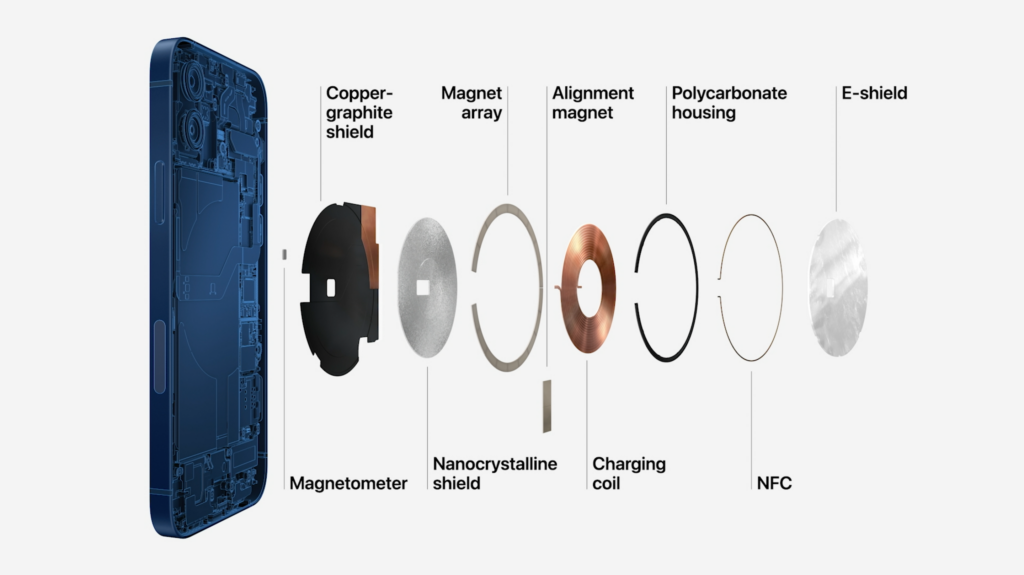
How fast is MagSafe for iPhone?
MagSafe has a maximum speed of 15W. Comparing it to the 100W fast charging of the OnePlus 12, it is not the fastest charging solution out there. However, it is an improvement on the 7.5W Qi wireless charging.
During our testing, a completely depleted iPhone 12 and iPhone 12 Pro took an hour to charge up to 50% using the MagSafe charging, while the same test on a 7.5W Qi pad from Mophie took well over an hour. So while it’s not the most sophisticated charging solution, it is definitely one of the fastest wireless solutions when it comes to iPhones.
However, if you need to charge your iPhone as quickly as possible, you will be best off using a cable and a fast plug. With a USB-C 20W plug and a cable, the iPhone 12 went from 0% to 50% in less than half an hour.
Does MagSafe come with the iPhone?
While MagSafe is supported on some of the more recent iPhone models, the accessories are not included in the box.
Users will need to purchase the MagSafe Charger, which costs an additional £39/$39, while the MagSafe Duo charger is listed for £129/$129.
Which iPhones support MagSafe?
Check out all of the iPhones that support MagSafe technology listed below:
- iPhone 12
- iPhone 12 Mini
- iPhone 12 Pro
- iPhone 12 Pro Max
- iPhone 13
- iPhone 13 Mini
- iPhone 13 Pro
- iPhone 13 Pro Max
- iPhone 14
- iPhone 14 Plus
- iPhone 14 Pro
- iPhone 14 Pro Max
- iPhone 15
- iPhone 15 Plus
- iPhone 15 Pro
- iPhone 15 Pro Max
It doesn’t look like MagSafe itself has undergone any upgrades since the release of the iPhone 14 series, but there is the added feature of Qi2 with this new batch of phones.
Do you need a MagSafe case?
A MagSafe case is not required to charge an iPhone via the MagSafe charger, but a MagSafe-compatible case will ensure a more secure magnetic connection. MagSafe-compatible silicone cases cost £49/$49 from the Apple store, while the leather MagSafe cases cost £59/$59.
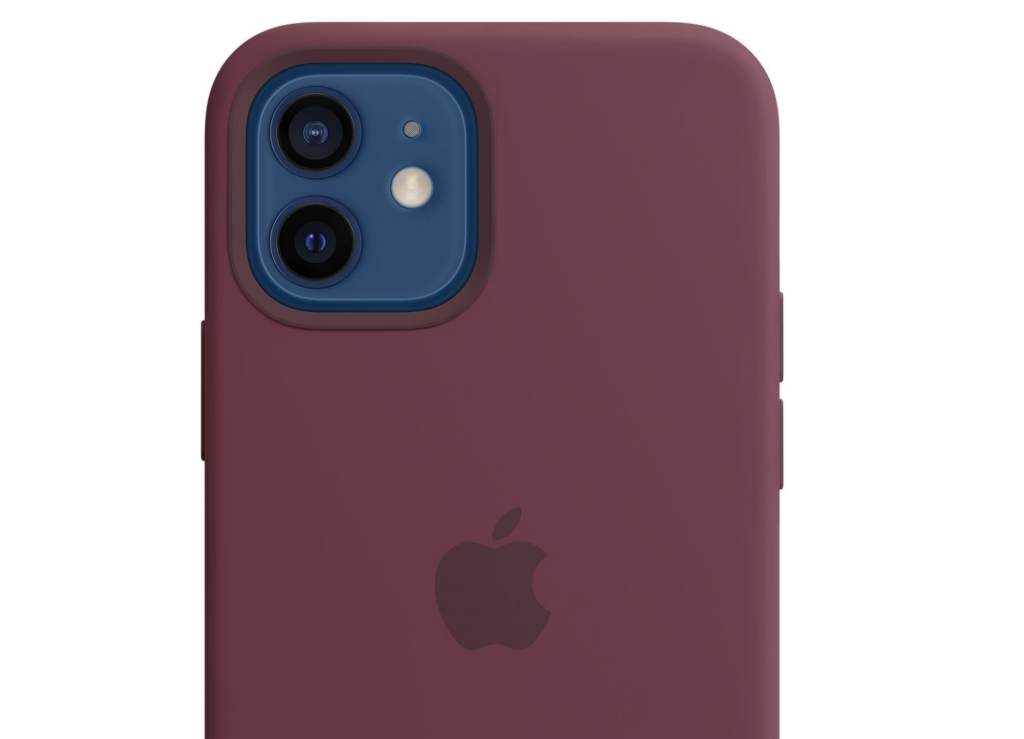
Can you use MagSafe with any case?
Unfortunately, not every case has support for MagSafe charging.
Some third-party iPhone cases still allow the device to be charged via MagSafe, though it seems this is primarily impacted by how thin your case is. If the iPhone case is particularly thick, has a kickstand in the rear, or if you have attached something to the back of your phone, it’s unlikely that MagSafe charging will work.
If you want to use MagSafe charging, we recommend keeping an eye out for MagSafe branding when buying a case for your device. Otherwise, you can buy a case directly from the Apple store to ensure a robust and reliable connection.
Can you use MagSafe on older iPhone models?
We do not recommend using a MagSafe charger on any iPhone that precedes the iPhone 12, meaning that any iPhone 11 owners are out of luck.
While the MagSafe charger will technically work with an iPhone 11, many people have reported very low charging speeds, making it a less worthwhile option. 9to5Mac claims the iPhone 11 charging speeds were as slow as 0.96W when using a MagSafe charger, compared to the 15W speed with an iPhone 12.
Does MagSafe work with Apple Watch and AirPods?
There are some caveats if you’re looking to charge all of your Apple devices with MagSafe.
Since it uses Qi tech at its core, you can charge AirPods, AirPods Pro and the latest AirPods Pro 2 with MagSafe, though it does not offer the same magnetic benefits. The charging speed is about the same as you would get with a different wireless charger, and it is still slower than using a cable.
The Apple Watch series, including the latest Apple Watch Series 9 and Apple Watch Ultra 2, uses a proprietary form of wireless charging and does not work with a MagSafe Charger. Apple would either need to switch to Qi on the next Apple Watch or make the next MagSafe Charger also compatible with the charging method used by the Apple Watch.
A slight workaround seems to be the Duo Charger, an Apple accessory with a spot for your phone and a dedicated Apple Watch charger.
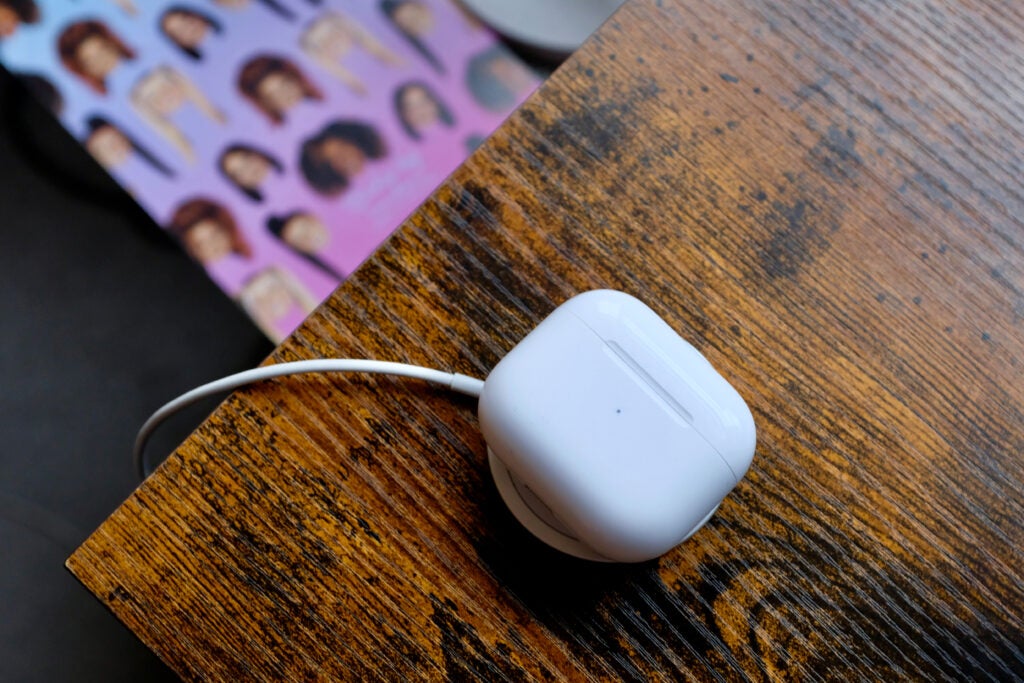
Does MagSafe work with Android devices?
The MagSafe charger can charge any Android device that supports Qi. We found that the Pixel 5 charged effectively, with the magnets working too.
Charging an Android device via MagSafe is a slower process though, in the same vein as using MagSafe on iPhones older than the iPhone 12. Everything from the iPhone 8 onwards does support Qi, meaning that MagSafe will technically work, though it provides very low speeds that won’t be helpful if you’re in a rush.
Is the MagSafe charger worth buying?
The concept of a MagSafe ecosystem is interesting, and it’s a faster solution compared to standard Qi charging. Our Editor, who specialises in mobile phones, Max Parker, is impressed with the technology and points out that since it works via a magnet, you can still use your device whilst it’s charging, which can be an issue with wireless charging in general.
However, the cable length for MagSafe chargers maxes out at 1m, although the fact that the connector attaches in the middle of the phone can make it feel shorter than the standard USB to Lightning Cable. Plus, if you are an Apple Watch owner, you will need to ensure that you have a dedicated charger for that device, too.
But as a £39 add-on, the MagSafe charger is a neat solution that works well in most environments and might one day be the only method available to charge your device.
Does MagSafe work with MacBooks?
As previously mentioned, the MacBook Pro 2021 does feature MagSafe charging, although it differs from the technology found on the iPhone. For the MacBook, MagSafe is actually built into the charging cable to ensure a magnetic connection, in the same vein as the older MacBook models.
We really liked its inclusion with Apple’s premium laptop – not only does it offer a safety feature (since if you trip over the cable, it simply detaches rather than remaining taut), but it also charges fairly fast. In our experience, we went from zero to 50% charge in around 35 minutes, which is in line with Apple’s claims.


